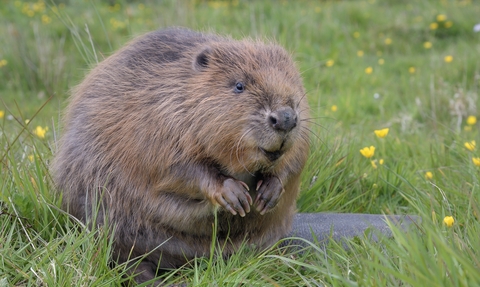
Nick Upton
Wildlife Crime: Somerset's key areas
Key areas of interest for Somerset
In addition to the priority areas for the UK as a whole, wildlife that could be particularly vulnerable to persecution by illegal activity in Somerset include:
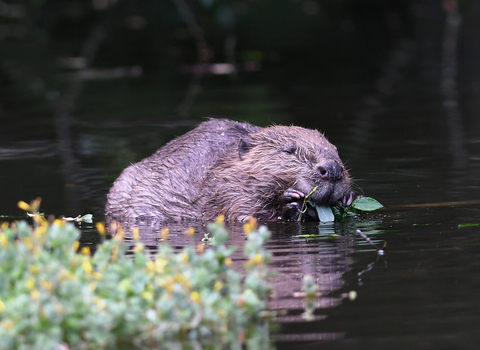
David Parkyn - David Parkyn/ Cornwall Wildlife Trust
Beavers
Beavers are a European Protected Species. This makes it an offence to deliberately kill, capture or disturb them, or to damage or destroy their breeding sites or resting places, including burrows and lodges and any associated dams. It is also an offence to keep a beaver or its parts, and to transport, sell or exchange a beaver without an appropriate licence. If you need advice about how to respond to beaver activity in your area, you can consult with your local Beaver Advisory Group who will be able to talk you through the various practical and financial options available to you. Among other things, these options could include erecting tree guards, government funding to fence permanent crops, or financial incentives to create riparian buffers.

Eel - Jack Perks
Eels
Eels are covered by both the Eels (England and Wales) Regulations 2009 and CITES. This makes it an offence to damage, interfere with, obstruct or do anything that might impede eel passage along waterways. If you catch an eel when fishing, you must return it to the water unharmed. You can also help by not buying eel meat or creating a permanent obstruction to water courses. If an impermeable dam is required, you will need to mitigate for this, for example, by installing an eel ladder.
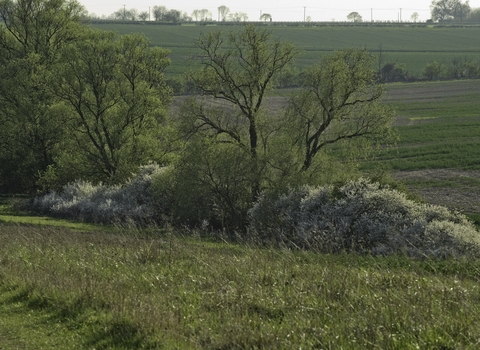
RSPB's Hope Farm in Cambridgeshire showing mature hedgerow with blackthorn in blossom. April 2011. - Chris Gomersall/2020VISION
Hedgerows
Hedgerows protections are designed to protect both the plant species themselves and any animal species that are dependent on the hedges for shelter or food. Therefore, you cannot remove hedges without approval from the Local Planning Authority or cut hedges between 1 March and 31 August (the bird nesting season). However, even if approval is given, you should still check that the hedgerow or tree is not being used as shelter or food by another protected species as removing it might impair that other species’ ability to survive. Regulations also prohibit the use of pesticides and fertilisers and cultivation within 2 metres of the hedge’s centre. Things you can do are check with your local council before undertaking any work on hedgerows or trees to ensure they are not protected and that the activity is allowed (e.g. because it is outside of bird nesting periods).
Contact SWTC for professional help and advice below
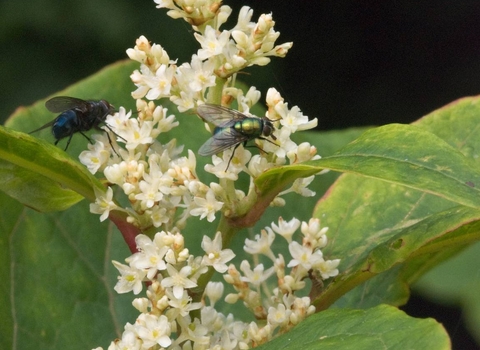
Invasive, Non-Native Species (INNS)
Invasive, Non-Native Species (INNS), which include plants, animals and fungi, cannot be legally released into the wild. If they are, they can be very harmful for other wildlife and even our own health, for example, out-competing native species or introducing new diseases that neither we nor our wildlife have immunity to. Things you can do are carefully dispose of non-native household plants (e.g. do not put on compost heaps or in hedgerows where they could establish), clean your footwear thoroughly after going to an area where there are INNS so that you do not spread their seeds/spores next time you wear those shoes, and record sightings of any INNS so they can be monitored and properly controlled.
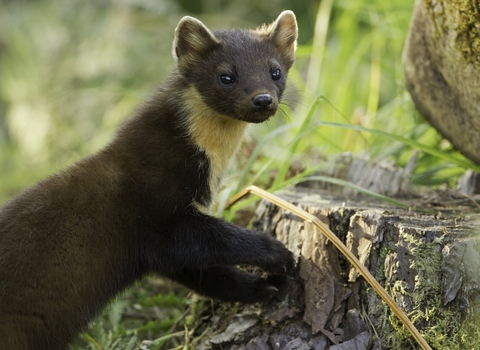
Pine marten (Martes martes) youngster in woodland, Beinn Eighe National Nature Reserve, Wester Ross, Scotland, UK - Mark Hamblin/2020VISION
Pine marten
Pine martens are a European Protected Species and protected under the Wildlife and Countryside Act. This makes it an offence to deliberately or recklessly kill, capture or disturb them, or to damage or destroy their breeding sites or resting places. It is also an offence to possess or transport wild pine martens without a licence. Signs to look out for are dead pine martens by the side of the road (they may have been shot or caught in snares/traps legally laid for other animals and left by the side of the road disguised as road kill), cavities in trees that are blocked, or traps that are not in tunnels or cages and are small enough to exclude pine martens. If you want to renovate or repair roof/attic spaces in your buildings or fell any trees, you should seek the input of someone with a licence who can check for pine marten presence, and, if necessary, give you advice about how to legally remove or exclude pine martens.
Find out more information about pine martens in Devon and Somerset from The Two Moors Pine Marten Project in Devon below.
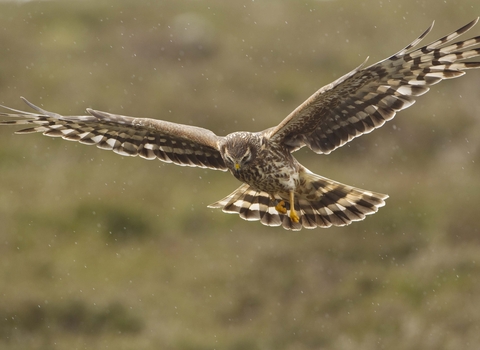
Hen harrier (female) ©Mark Hamblin/2020VISION
White-tailed eagles and hen harriers
White-tailed eagles and hen harriers are both raptors (birds of prey). They are therefore one of the NWCU’s seven priority areas. However, they are being listed here as two species that are returning to the county making it timely to reiterate the relevance of this. Please see above for what to look out for and how to help.

#Bogsnotbags
Peat extraction
Peat extraction, while not technically a wildlife crime, it could, nonetheless mean that a wildlife crime is being committed. For example, it is an offence to intentionally pick, uproot or destroy any wild plant included in Schedule 8 of the Wildlife and Countryside Act 1981. Peatlands are habitats for a range of rare, specialist plant species that are given special protections such as Baltic bog moss (Sphagnum balticum). Therefore, extracting peat means these plants are being uprooted and destroyed which could constitute a wildlife crime.
Learn more about peat using the button below.
